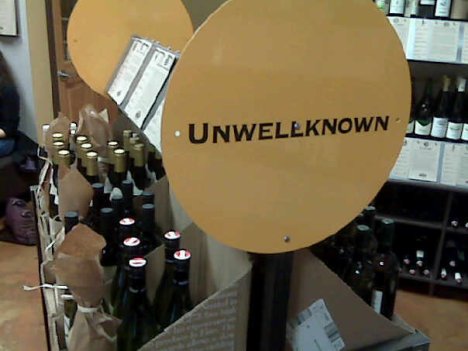Originally published on Conversations & Connections, my SAS social media blog
I’ve been back from our annual user conference, SAS Global Forum, for three weeks but I’m still amazed at what I saw. Even in this economy more than 3,300 dedicated SAS users came together to learn from each other. It was my first time attending the event, and one of the most remarkable professional experiences I’ve had.
This year’s event was a test bed for a number of social media activities as well, and we learned a lot. Here are some highlights.
The Crowdvine networking site set up for the event drew more than 200 members, which is a great base to build on. The Netvibes aggregator page brought together all the social media assets “blogs, blog searches, Twitter searches, video, photos, etc.” into one place and received positive comments from visitors. The SAS Global Forum blog at blogs.sas.com was extremely active, with 76 posts as I write this. The SAS video team put in their usual hard work chronicling the event, which also spurred us to create a SAS presence on Flickr, which I look forward to helping develop.
I want to single out Twitter as well, since it’s such a new tool and SAS Global Forum was the first time we’ve focused on it for SAS events communications. Twitter was very popular, with more than 500 messages posted using the #sgf09 hashtag during the event, and more than 1,000 since it was created.
Some people still question the value of Twitter, and just like blogs in the early days there can be a lot of noise. There’s noise on the #sgf09 hashtag. People like to talk about themselves and don’t always stop to think if anyone cares where they ate lunch. But far more important than that, if you look at the hashtag search, you see messages like this one, from a user:
SAS EG 4.2 supports office 2007 hurray. Need to get it. #sgf09
Or this one from a SAS partner, linking to a press release on sas.com:
Reading about SAS Customer awards at #sgf09. http://tinyurl.com/dfv44j
Or this one from a SAS partner in the Netherlands:
Just back from the sasCommunity.org focus group at #SGF09. Very positive, open discussion on improving the site, contributions and content.
SAS folks were also tweeting madly at the event, picking out nuggets of valuable information from customer presentations and panels and adding them to the stream.
#SGF09 presenter says SAS CI 5.1 upgrade was operational within 3 weeks. Slide says Yes Man!!
Business Analytics panel #sgf09. Customers emphasizing the necessity of analysts working closely with business units, marketers.
Business Analytics panel #sgf09. Keys to making analytics part of your org culture: Case studies, build trust, show you’re adding value.
Twitter gets mention in Customer Intelligence Panel. Companies trying to understand value of data housed in twitter and how to use it #sgf09
For every example of a banality, I see a dozen tweets talking about the event, sharing information, asking questions, thanking people for their presentations, making connections and sharing links for further information. And these are conversations that probably wouldn’t have taken place online if not for Twitter, other than in a few blogs. Even the tweets that might be dismissed as banal show there’s a life and a pulse and a buzz at SAS Global Forum that up to now you could only experience in person. Sure, following a hashtag search isn’t the same thing as being there in the flesh. But I have no doubt that anyone who didn’t attend this year’s event but followed it on Twitter feels like they missed something valuable, practical and fun. And I guarantee you some of them are already planning to attend #sgf10.
